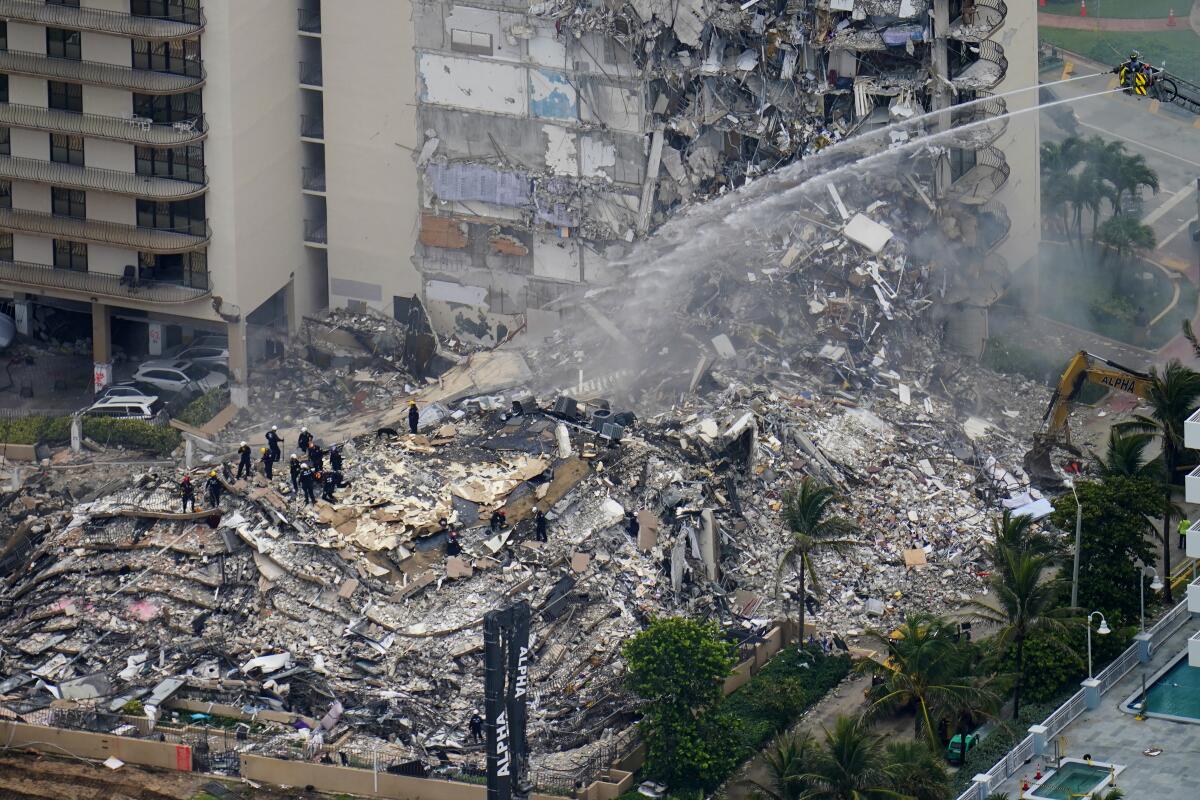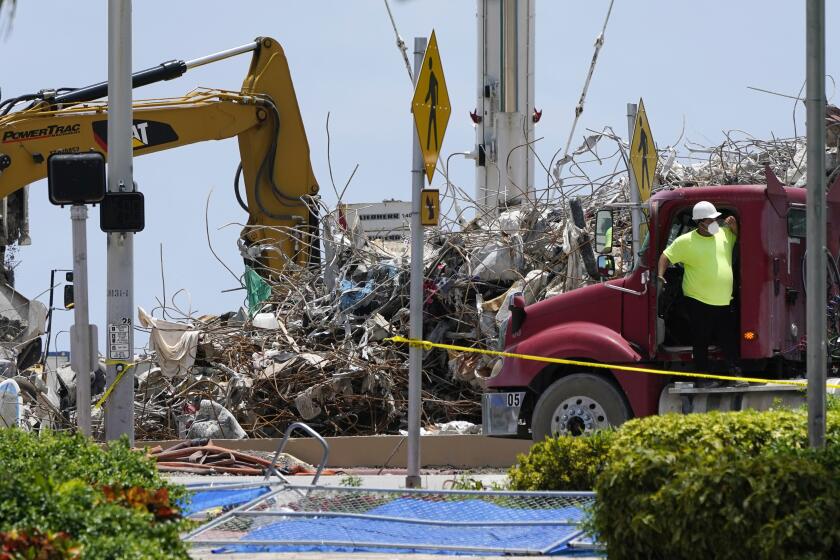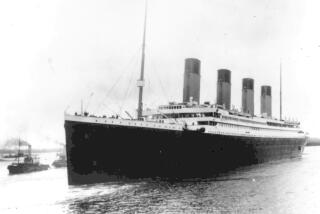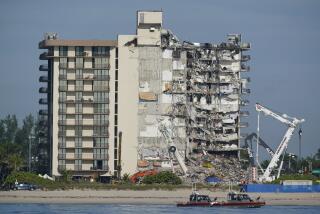Video of collapsed Florida condo tower shows evidence of extensive corrosion

MIAMI — Video released by a team of federal investigators shows more evidence of extensive corrosion and an unusually large amount of steel reinforcement in the Miami-area condo tower that collapsed in June, which killed 98 people.
The National Institute of Standards and Technology also announced Wednesday that it would conduct a five-pronged investigation into the Champlain Towers South collapse, which will be led by Judith Mitrani-Reiser, an engineer who grew up in Miami.
The video shows densely packed steel reinforcement in various sections of the building, along with extensive corrosion where one column met the building’s foundation.
“The corrosion on the bottom of that column is astronomical,” Dawn Lehman, a professor of structural engineering at the University of Washington, told the Miami Herald. She said that amount of corrosion should have been obvious and documented as part of the 40-year inspection that was ongoing when the Surfside, Fla., building collapsed June 24.
“If there’s that amount of corrosion, this should have been fixed,” she said.
The images show beams, walls and columns that appear to be excessively laden with steel reinforcement, which suggests potential weaknesses, she said.
Recordings of 911 calls after the Miami-area condo tower collapse show disbelief, panic and confusion as people tried to comprehend what happened.
“There is no reason there should be that kind of bar congestion,” Lehman said.
The risk posed by “congested” vertical rebar in columns would have been even worse in spots where the rebar overlapped, which are known as “lap splice” regions, said Abieyuwa Aghayere, a Drexel University engineering researcher who also reviewed the video.
He told the Herald that he was struck by how “powdery” and white the concrete in columns appeared in the newly released video. Stone-like aggregates used to strengthen concrete during construction typically remain visible, but they were not in the images from the collapse site.
“The white color just stuns me,” Aghayere told the Herald. He added that instead of seeing aggregate material mixed into the concrete, “it’s just homogenous,” which is likely indication of saltwater damage.
Start your day right
Sign up for Essential California for the L.A. Times biggest news, features and recommendations in your inbox six days a week.
You may occasionally receive promotional content from the Los Angeles Times.
He said it was impossible to tell from just the images whether the concrete used in original construction was weaker than what the designs called for, or whether the apparent weakness was due to damage over time.
“It doesn’t look like normal concrete to me. What’s going on?” Aghayere said.
More to Read
Sign up for Essential California
The most important California stories and recommendations in your inbox every morning.
You may occasionally receive promotional content from the Los Angeles Times.











